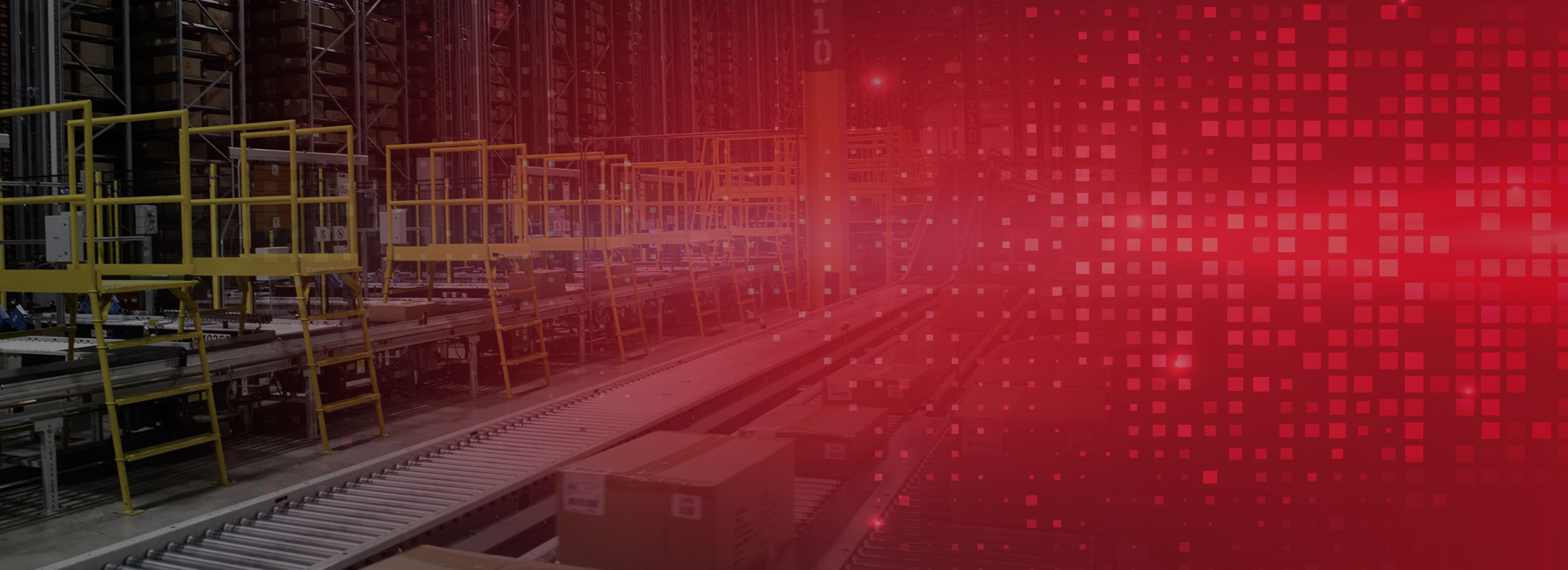Using Smart Carts for Returns Processing
Two of the main features of SOFT-based smart carts are the very efficient way in which they dynamically organize work and their flexibility to “adapt” to random operation conditions that cannot be planned in advance.
These two features make these carts excellent devices to efficiently support one of the toughest functions of distribution centers: the re-stocking of small quantities of various items or products as encountered in returns processing operations.
This paper presents two separate application examples of returns processing using smart carts. In the first application, the restocking operation product goes into a single storage zone. In the other application, there are several storage zones where re-stocked product is to be placed. The second application uses some of the standard features of a SOFT system to pre-sort product into zones using a smart cart, and then use the carts to re-stock items in their individual zones.
It is assumed that the items to be put-away are bar coded. In applications where the items are not bar coded, workers may use visual identification/validation instead of scanning the items. In this case SOFT systems offer features to create SKU barcode labels. If this feature is used, savings in time and errors for the actual put-away operation normally offsets the additional time used in the creation and attachment of the labels. Workers inspecting the condition of the returns can label them as they are identified.
Both applications use a smart cart with 20 totes; however, as with all SOFT applications, the number storage locations (i.e. totes) can be easily subdivided into sub-cells and multiple SKUs can be contained in a single storage location if so desired. The smart cart has lights on both sides of the cart to identify each tote.
Single Storage Zone Application
After selecting the appropriate SOFT menu item for put-away, the smart cart worker individually scans items to be put-away. The worker then normally scans the item into a storage location or a cell. Since SOFT is continuously “optimizing” work, if an item is scanned that matches an item already on the cart, SOFT would like to “consolidate” the items in the same cell. In this case, when a matching item is scanned, SOFT immediately produces an audible alert sound on the cart and lights the tote location of the existing item while indicating the cell on the cart display. The worker would then normally place (and scan) the matching item with its companions, however the item may be scanned into any cell as desired. Totes may be sub-divided (and un-divided) “on the fly” as desired. This is done through the use of storage location creation and deletion menu items. SOFT systems support multiple SKUs in a storage location; and depending on the desired operation parameters, a warning may be issued to the user to indicate a mixing of product. Together these features are used as required to fill the cart to capacity. The greater the fill capacity of the cart, the more efficient the put-away operation will become. When the cart is continuously reloaded as the returned items are put away, the walking is reduced almost by half!
The storage cells on smart carts are designated in SOFT as temporary storage locations. Thus the adaptive nature of SOFT has the inherent objective of placing the items in permanent locations. When the put-away menu item is selected on a cart and any permanent storage location is scanned, SOFT dynamically optimizes the list of put-away items based on the current location of the cart and direct the worker to the nearest location to be re-stocked for an item on the cart. The cart location containing the item is illuminated as well as the location identified on the smart cart display. The worker is informed if the location (tote) for the item to be put-away contains multiple SKUs, improving efficiency. The worker retrieves the specified item and then scans it and then scans the specified put-away storage location. Once completed, SOFT selects the next nearest item on the cart for put-away and the operation is normally continued until the cart is emptied. Like SOFT picking operations, the current location of the cart may be modified at any time by scanning any permanent storage location. This will re-optimize the remaining work on the cart based on the scanned location. While the normal put-away procedure may be to fill the cart and then completely empty the cart, the adaptive nature of SOFT allows new items to be added to the cart dynamically or “on the fly” as local operational procedures dictate.
Multi Storage Zone Application
This example application is similar the prior example except it is a two step operation, where a smart cart is used to “pre-sort” items into zones for later zone put-away. Although a two-step operation, the efficiency of the put-away process is improved by reducing the walk time, since for the actual put-away process the cart is normally operated in only a single zone. In this application, the presort uses individual smart cart locations as “virtual zone staging locations” where zone totes are filled. The filling of the totes uses the same procedure as in the example above except the “combining” of like items is on a zone basis rather than a SKU basis. As a tote for a particular zone is filled, that tote is removed and placed in an area with the previously filled totes for that zone. A new empty tote is then scanned into the smart cart location and that new tote is assigned to the zone. New items scanned are directed into the cart locations corresponding to the put-away zone.
When zone put-away is to commence, totes filled for a particular zone are loaded and scanned into a smart cart for put-away. The put-away process proceeds as in the first example. Totes for different zones may be loaded onto a cart as local procedures specify. The smart cart will automatically and dynamically optimize the put-away operation to most efficiently empty the cart.
Conclusion
Smart cart technology provides a low capital investment option to increase picking productivity. SOFT based smart cart benefits are not limited only to picking; because of its flexibility and how they adapt to different operation requirements they are also excellent devices to process returns. This paper presented a few options to handle returns with SOFT based smart carts. How can you take advantage of these carts’ flexibility to process your returns?

